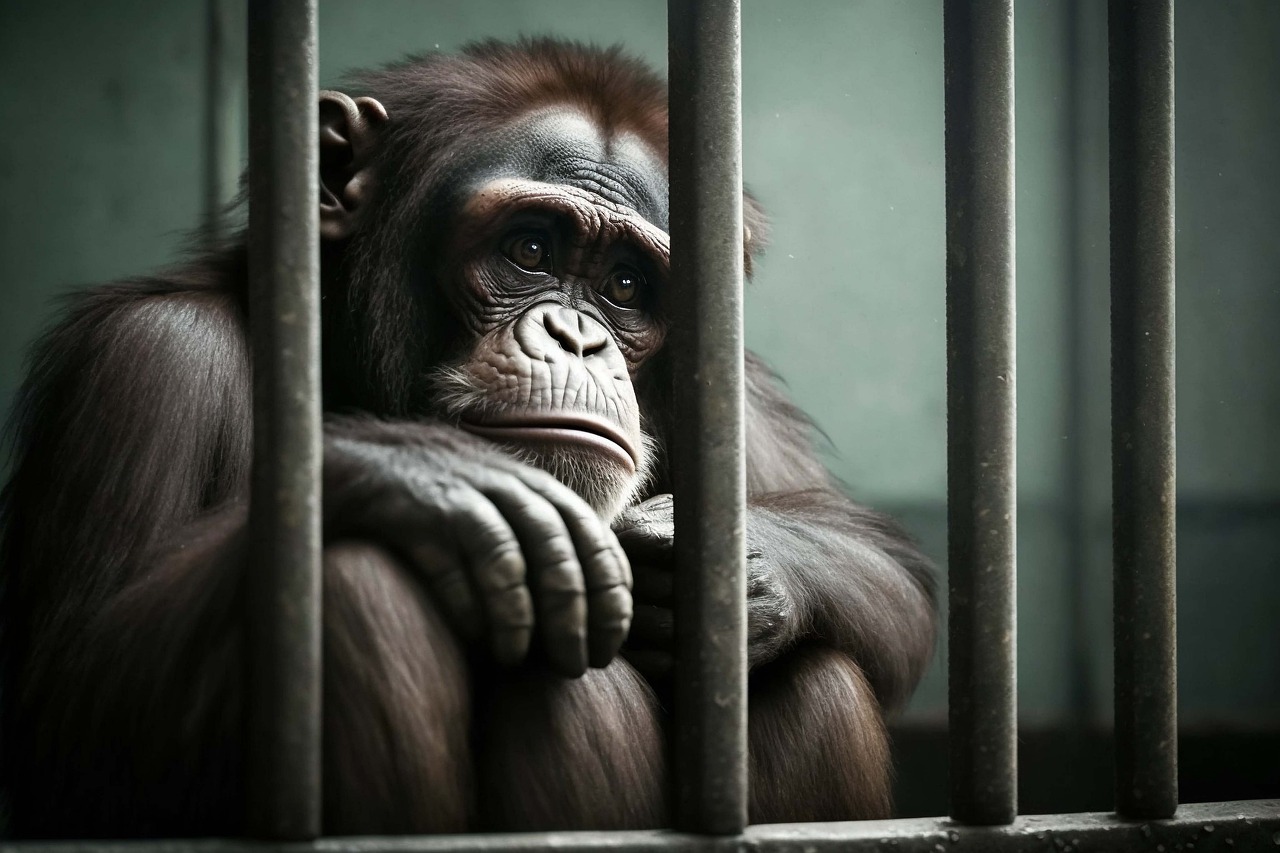by Michael Snyder, End Of The American Dream:

Do you believe that scientists should be creating entities that are part-human and part-animal? Do you believe that scientists should be creating lab-grown “synthetic” human embryos that that do not require eggs or sperm? Do you believe that scientists should be performing “gain of function” research on the deadliest diseases ever known to humanity? Unfortunately, all of these things are already happening in secret labs all over the planet. Our world is filled with mad scientists that have absolutely no problem doing “Island of Dr. Moreau level stuff”, but of course they won’t want to take any accountability if the horrifying creatures and diseases they unleash upon the world end up causing enormous problems.
TRUTH LIVES on at https://sgtreport.tv/
This week, we learned that a team of scientists in China was able to clone a rhesus monkey and keep it alive for two years…
Scientists in China on Tuesday announced that they have cloned the first healthy rhesus monkey, a two-year-old named Retro, by tweaking the process that created Dolly the sheep.
Primates have proved particularly difficult to clone, and the scientists overcame years of failure by replacing the cloned cells that would become the placenta with those from a normal embryo.
They hope their new technique will lead to the creation of identical rhesus monkeys that can be experimented on for medical research.
Could this technique be used to create an army of identical cloned monkeys?
Sure.
Could it also be used to create an army of identical cloned humans?
Let’s hope that we never find out.
Another team of researchers in China has created a monkey from two separate embryos. It is being reported that this infant monkey has an “eerie green glow“…
Scientists have just achieved a milestone in stem-cell biology after creating a monkey from two embryos. And proof of the achievement, perhaps unnervingly, showed up in the infant primate’s eerie green glow.
Although research labs have created such “chimeras,” or organisms with cells from two distinct sources, in rats and mice, monkeys have been more challenging to work with because of their increased biological complexity and longer gestation and maturation time. In previous attempts, scientists have struggled to successfully incorporate injected stem cells into a monkey, with less than 5 percent of the final organism grown from donor cells. In the new work, published November 9 in Cell, researchers managed to create a monkey that had an average of more than 60 percent donor cell expression across tested organs.
We should all be extremely alarmed when we read about experiments such as this.
But at least the first two examples that I have shared with you did not involve human genetic material.
Last June, researchers in the UK created “synthetic human embryos” without using human eggs or human sperm…
Scientists have created synthetic human embryos using stem cells, in a groundbreaking advance that sidesteps the need for eggs or sperm.
Scientists say these model embryos, which resemble those in the earliest stages of human development, could provide a crucial window on the impact of genetic disorders and the biological causes of recurrent miscarriage.
However, the work also raises serious ethical and legal issues as the lab-grown entities fall outside current legislation in the UK and most other countries.
Could such embryos be “grown” to maturity in a lab setting?
If so, is this something that could be done on an industrial scale?
And once they enter the world, would such entities be considered human?
In other cases, scientists are actually creating entities that are part-human and part-animal.
For example, scientists in China have been able to grow “kidneys containing human cells in pig embryos”, but some human cells also ended up in the brains of the pigs…
Chinese scientists have succeeded in growing kidneys containing human cells in pig embryos, a world first that could one day help address organ donation shortages.
But the development, described in a study in the journal Cell Stem Cell on Thursday, raises ethical issues—especially since some human cells were also found in the pigs’ brains, experts said.
The researchers from the Guangzhou Institutes of Biomedicine and Health focused on kidneys because they are one of the first organs to develop, and the most commonly transplanted in human medicine.
That is just sick.
Let me give you another example that is even more alarming.
It is being reported that a “mutant coronavirus strain” that was created in China was able to kill 100 percent of the “humanized mice” that it was tested on…
Read More @ EndOfTheAmericanDream.com



